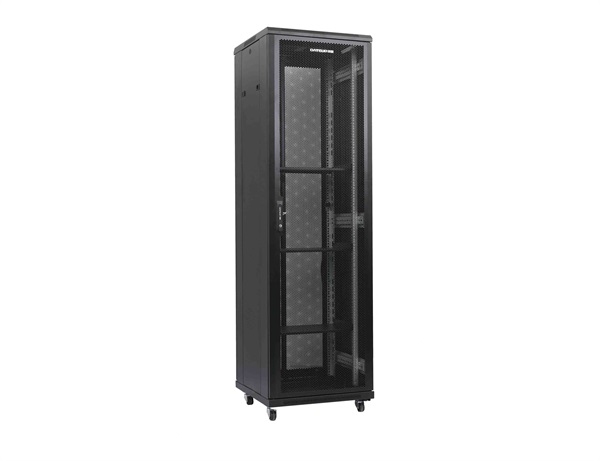News
Site Editor
 Site
https://leonetworkgroup.usa18.wondercdn.com/uploads/image/5fe152faa587d.png
A patch cable is a type of cable that is used to connect electronic devices together. It is typically used to connect equipment in a local area network (LAN) or to connect components in a home theater system. Patch cables are available in a variety of lengths and configurations, and can be easily made at home using a few basic tools and supplies.The first step in creating a patch cable is to gathe
Site
https://leonetworkgroup.usa18.wondercdn.com/uploads/image/5fe152faa587d.png
A patch cable is a type of cable that is used to connect electronic devices together. It is typically used to connect equipment in a local area network (LAN) or to connect components in a home theater system. Patch cables are available in a variety of lengths and configurations, and can be easily made at home using a few basic tools and supplies.The first step in creating a patch cable is to gathe
How To Create A Patch Cable
Views: 516
Author: Site Editor
Publish Time: 2023-07-14
Origin: Site
A patch cable is a type of cable that is used to connect electronic devices together. It is typically used to connect equipment in a local area network (LAN) or to connect components in a home theater system. Patch cables are available in a variety of lengths and configurations, and can be easily made at home using a few basic tools and supplies.
The first step in creating a patch cable is to gather the necessary tools and supplies. You will need a length of cable, connectors, wire cutters, and a crimping tool. Patch cable connectors can be purchased from a local electronics store or online, and come in a variety of types including RJ45, RJ11, and BNC connectors.
Once you have all of the necessary supplies, you can begin creating your patch cable. The first step is to determine the length of cable you will need, based on the distance between the devices you wish to connect. Cut the cable to the desired length using wire cutters, and then strip the outer jacket of the cable to expose the inner wires.
The next step is to separate the individual wires, which are typically color-coded. To create a patch cable, you will need to match the wires on each end of the cable in the same order. Use a wire stripper or scissors to strip about a quarter inch of insulation from each wire, exposing the metal underneath. Twist the individual strands of each wire together to ensure a good connection.
Once you have matched the wires on each end of the cable, you can begin attaching connectors. The type of connector you use will depend on the devices you are connecting, but most commonly used is the RJ45 connector. The connector will typically have small metal pins that will need to be inserted into the matching slots on the end of the cable. Use a crimping tool to attach the connector to the cable, ensuring that the pins are securely seated in their slots. Repeat this process on the other end of the cable.
When you have finished attaching the connectors, your patch cable is now complete. You can test it by connecting it to your devices. If it works correctly, you can use it to transfer data, video, or audio between the connected components.
In summary, creating a patch cable is a relatively simple process that can be done at home with a few basic tools. Follow these steps to create a patch cable that will perfectly fit your needs.
If you want to know more about industrial network cabinet,china fiber optic splice closure,china fiber optic distribution box,please consult the fiber optic splice closure factory









